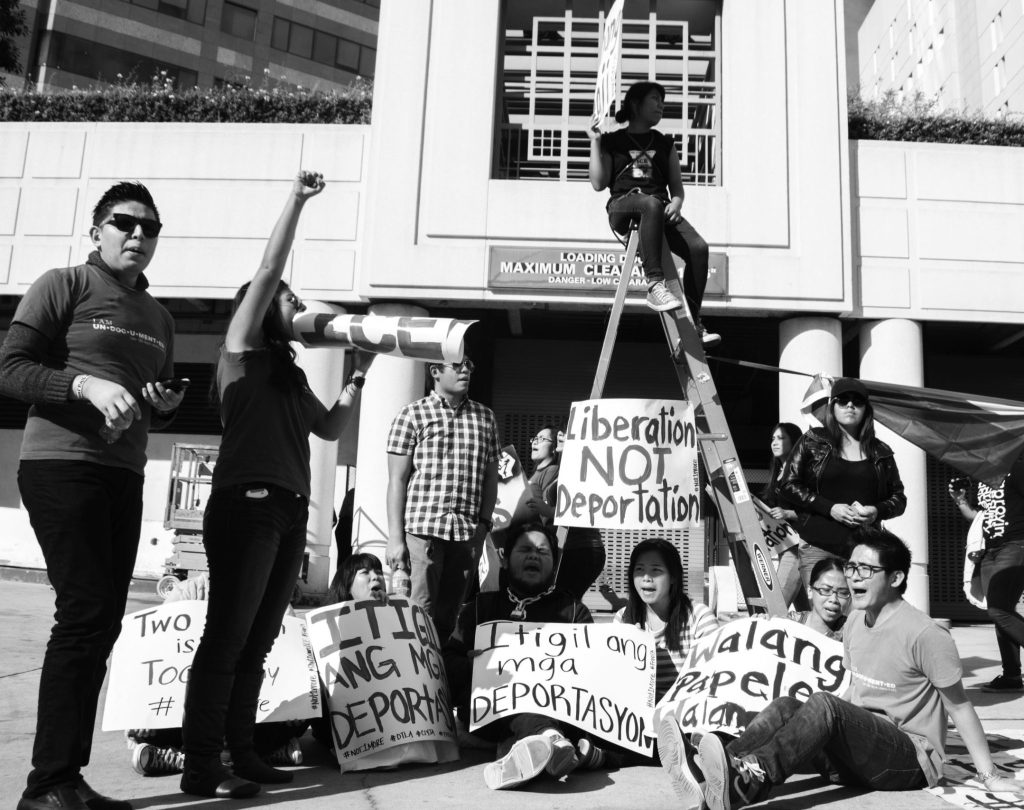
“California’s Future is Clocked In: The Experiences of Young Workers” presents the latest findings from the UCLA Labor Center’s “The State of Young Workers in California” research initiative, focusing on the conditions of young workers aged 16 to 24 in the state of California. The research brings together data from survey and administrative data sources and existing literature to explore the employment, educational, financial, and household circumstances of young workers in California in the years surrounding the COVID-19 pandemic (2019-2021). The report details the realities faced by California’s young workers and highlights the need for interventions and policies to address the challenges facing the state’s youth and their future.
While young workers are a large and diverse subsection of California’s workforce and play a vital role in California’s economy, they experience a slew of challenges and in their employment. The report notes a variety of these challenges, including that many young workers earn low wages and experience financial hardship. Due to a large share of young workers’ employment in industries that pay low wages, such as restaurants and retail, and young workers’ low rate of unionization, a sizable majority of young workers earn low wages, defined as two-thirds of the median hourly wage for full-time workers.
The report also finds that worker-learners (young workers in high school and college) often work significant numbers of hours per week. Reflecting diverse economic needs, workers balancing employment and school reported a wide variation in weekly hours worked. Unfortunately, research shows that working too many hours per week can hamper worker-learners’ ability to attain post-secondary credentials. In California, many worker-learners are forced to balance the future benefits of their academic performance and their present financial circumstances.
Additionally, young workers often lack worker protections and benefits. Despite earning lower wages, being more likely to work in precarious employment arrangements, and having higher incidences of poverty, young workers have historically been underserved by public benefit programs and have relatively low utilization rates compared to older workers. Young workers also are dramatically underrepresented by unions.
Lastly, many young people in California face challenges in finding quality employment. Young workers, especially young workers of color and high school level-educated young workers, experienced especially high levels of unemployment and underemployment at the onset of the pandemic compared to older workers. Industries in which young workers are overrepresented, particularly service and frontline occupations, were the most affected by the pandemic, forcing young people to choose between their health and their earnings.
In conclusion, the report finds that young people are critical actors in California’s vibrant economy and labor force. Yet, young workers in California find themselves navigating a tumultuous landscape of societal shifts, economic challenges, and the lingering aftermath of a global pandemic.


